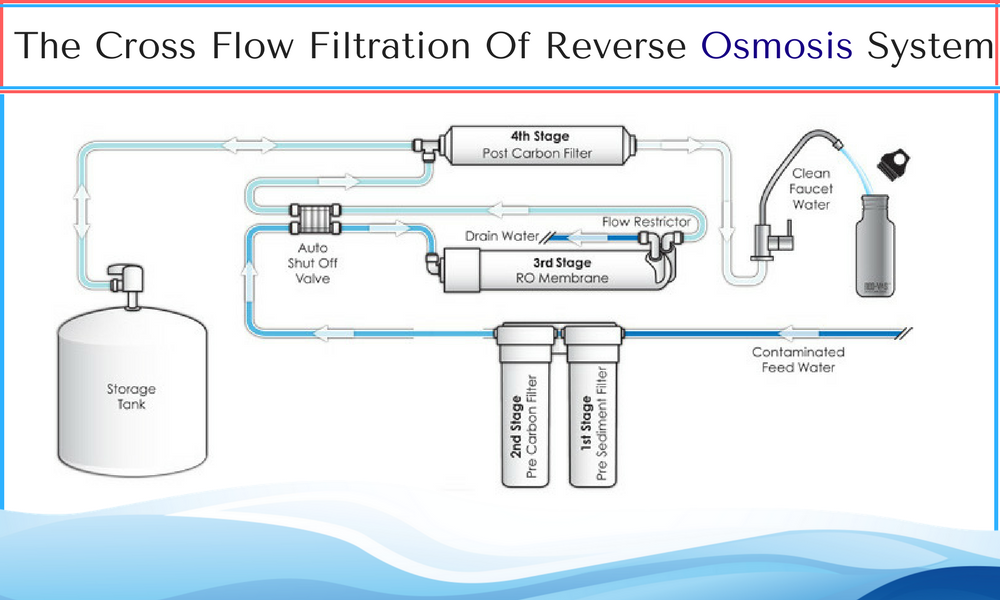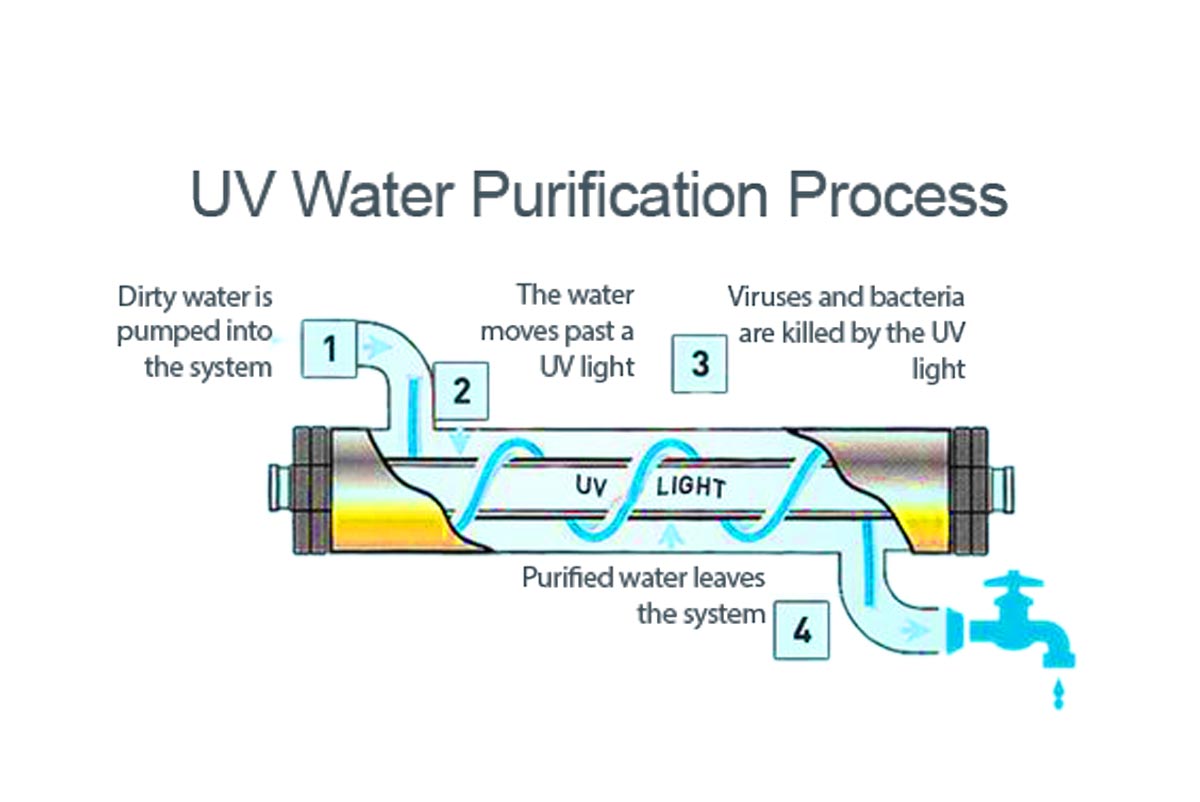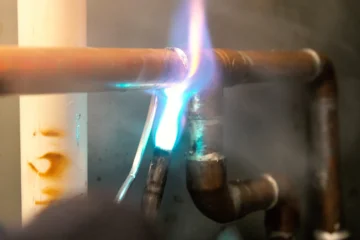The operation of water filters keeps your drinking water pure and refreshing. These essential devices work tirelessly to transform contaminated water into the clean, fresh drink we often take for granted. In this article, we’ll delve into the mechanics of various filtration systems, explaining how water filters work and their importance in our daily lives.
What are water filters?
Essentially, water filters are systems designed to remove impurities from water. These impurities can include sediment, heavy metals, chlorine, volatile organic compounds (VOCs), and total dissolved solids (TDS). Water filters can be installed throughout the home or connected to a single faucet, depending on the need. Whole-house systems protect against harmful bacteria and sediment that can damage plumbing, while point-of-use systems are typically used in kitchens for drinking and cooking.
Discovering how water filters work
The operation of water filters typically involves passing water through a porous material designed to capture contaminants. To understand how water filters work, let’s explore the detailed mechanisms by which different types of water filters remove impurities.
- Mechanical Filtration
Mechanical filtration is one of the simplest processes that water filters use. This method involves physically removing particles from water as it passes through a filter media. The filter media can be made from a number of materials, including:- Screens: These are designed to trap larger particles, such as sand, dirt, and rust.
- Sediment filters: Often made from spun polypropylene or cellulose, these filters can capture particles as small as 5 microns.
As water flows through these materials, larger particles are trapped, allowing cleaner water to pass through. This type of filtration is essential to protect other stages of filtration from clogging and damage.
- Adsorption
Another critical mechanism in water filters is adsorption, particularly prominent in activated carbon filters. Adsorption is a chemical process where contaminants stick to the surface of the filter material. Here’s how it works:- Activated carbon: This material has a large surface area due to its porous structure, making it very effective at trapping contaminants. When water passes through an activated carbon filter, chlorine, VOCs, and other impurities stick to the carbon particles.
- Taste and odor improvement: By removing chlorine and organic compounds, activated carbon filters significantly improve the taste and odor of water.

- Chemical filtration
Some water filters use chemical processes to remove specific contaminants. For example:- Ion exchange: This method, commonly used in water softeners, exchanges hard minerals like calcium and magnesium with sodium ions. This process helps reduce water hardness, which can cause scale buildup in pipes and appliances.
- Oxidation: Certain filters can use oxidation to convert harmful substances into less harmful forms. For example, manganese filters and sheets oxidize iron and manganese, allowing them to be filtered out.
- Membrane filtration
Membrane filtration is a more advanced method used in systems like reverse osmosis (RO). This process involves passing water through a semipermeable membrane that allows water molecules to pass through and blocks larger contaminants. Here’s how it works:- Reverse osmosis membrane: The membrane typically has pores smaller than 0.0001 microns, effectively removing impurities including heavy metals, salts, and microorganisms.
- Multi-stage process: A typical RO system includes several stages of filtration, such as sediment filters and activated carbon filters, before the water reaches the membrane. This pre-filtration is crucial to prolonging the life of the RO membrane and ensuring optimal performance.

- Ultraviolet (UV) Purification
Ultraviolet purification is a unique method that uses ultraviolet light to disinfect water. Here’s how it works:- Exposure to UV light: Water is exposed to UV light, which alters the DNA of bacteria, viruses, and other microorganisms, rendering them harmless.
- No chemical residue: Unlike chemical disinfection methods, UV purification leaves no chemical residue in the water, making it a popular choice for those looking for chemical-free water treatment.

The importance of water filtration
The importance of water filters cannot be overstated. They play a crucial role in ensuring that the water we consume is not only safe but also pleasant to drink. Understanding how water filters work helps consumers make informed choices.
By removing harmful contaminants, water filters reduce the risk of waterborne diseases and exposure to toxic substances. In addition, filters improve the sensory qualities of water, making it more pleasant to drink. Finally, using water filters can be more economical than buying bottled water, reducing waste and saving money in the long run.
Conclusion
In conclusion, water filters are indispensable in our daily lives, providing us with clean and safe drinking water. By understanding how these systems work and the different types available, you can make informed decisions about water quality. Whether you opt for a whole-house system or a point-of-use filter, investing in water filters is a step towards a healthier life



0 Comments